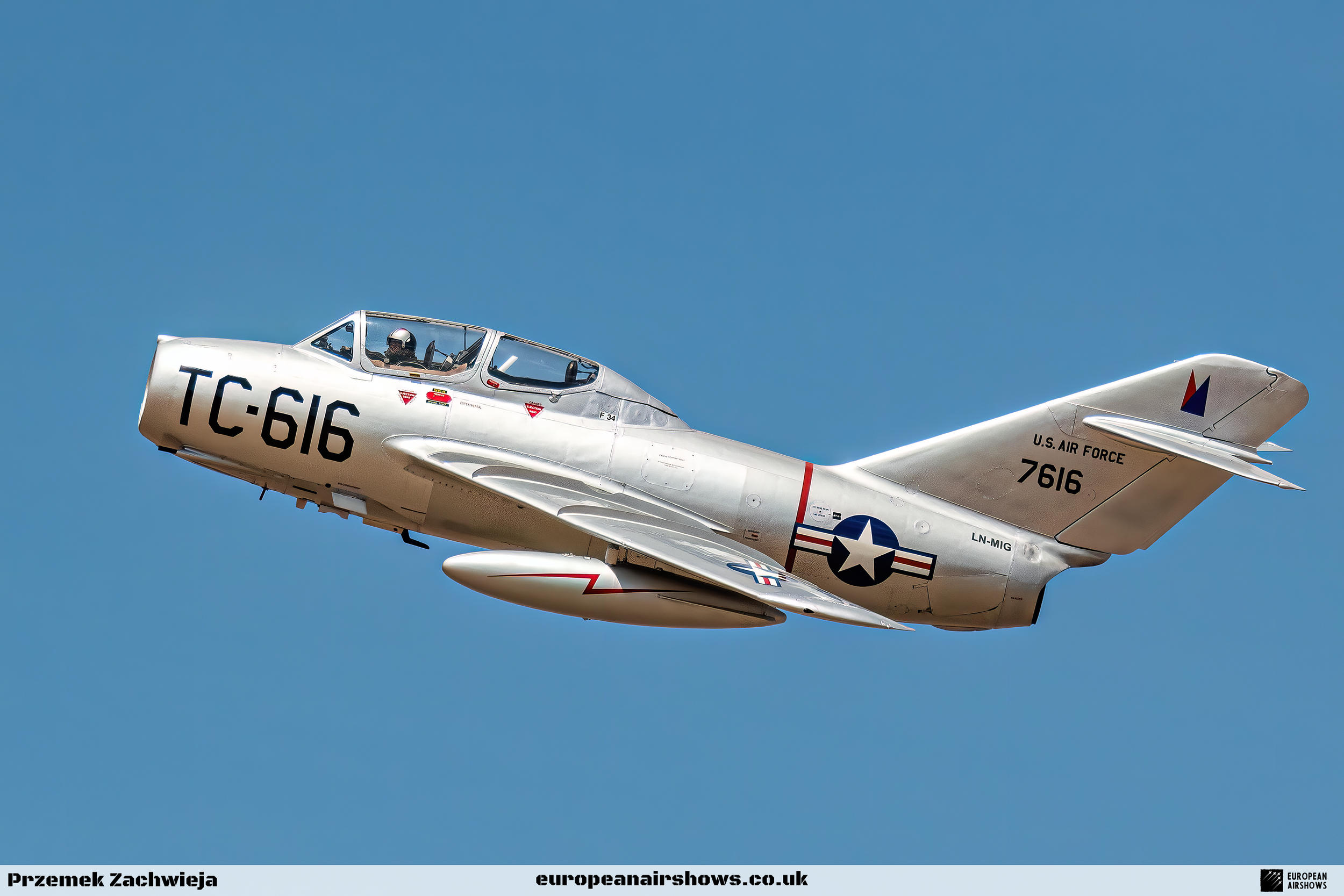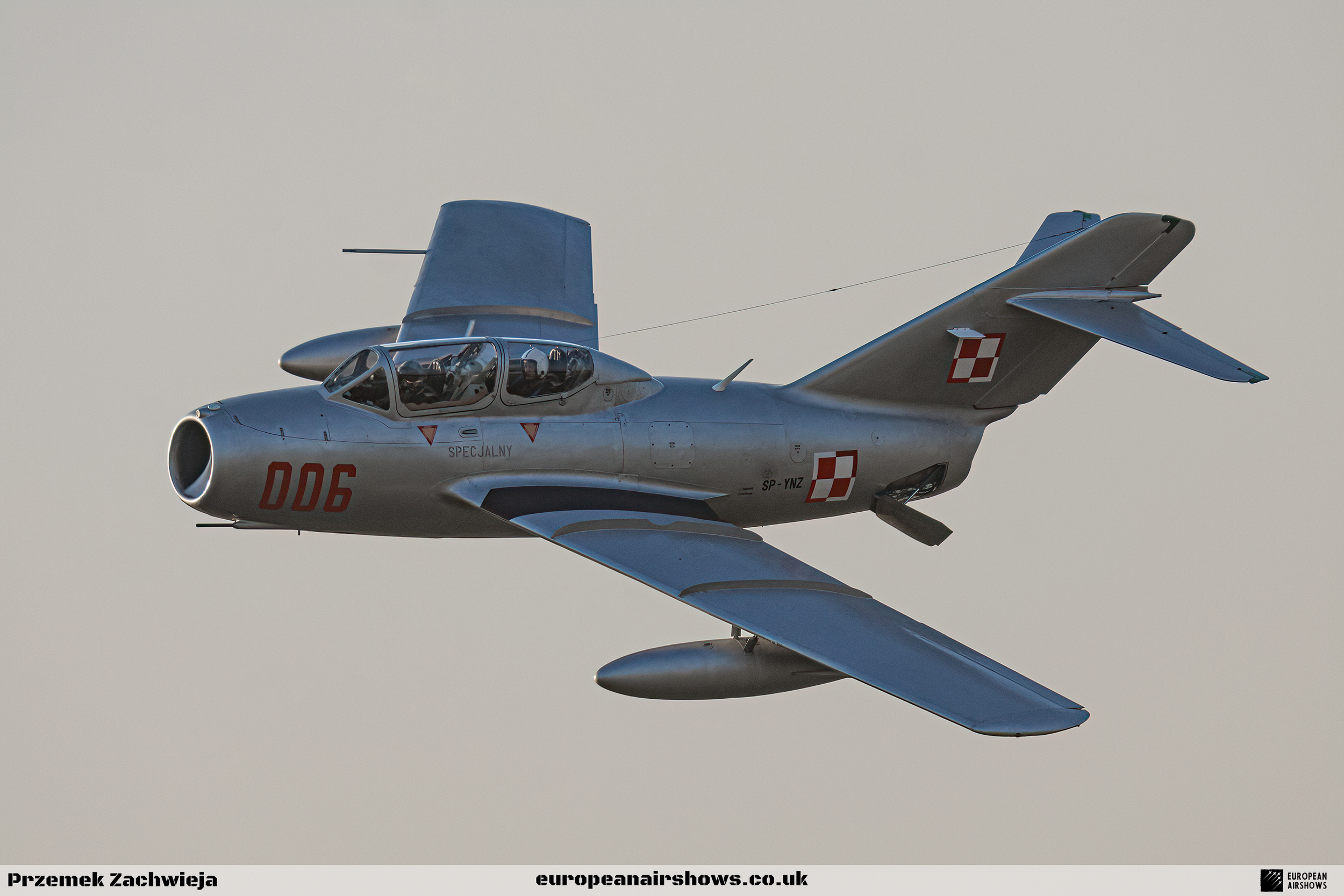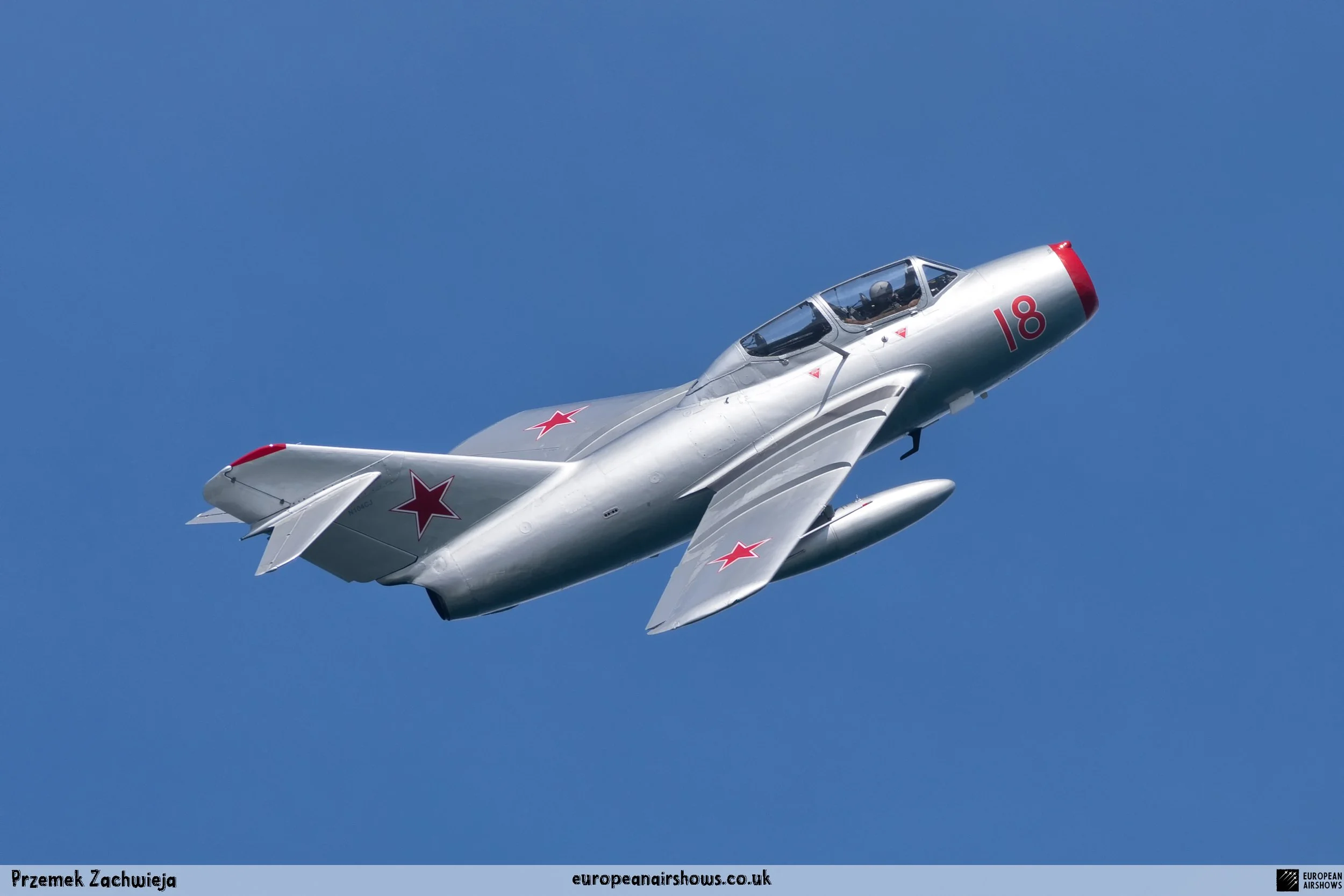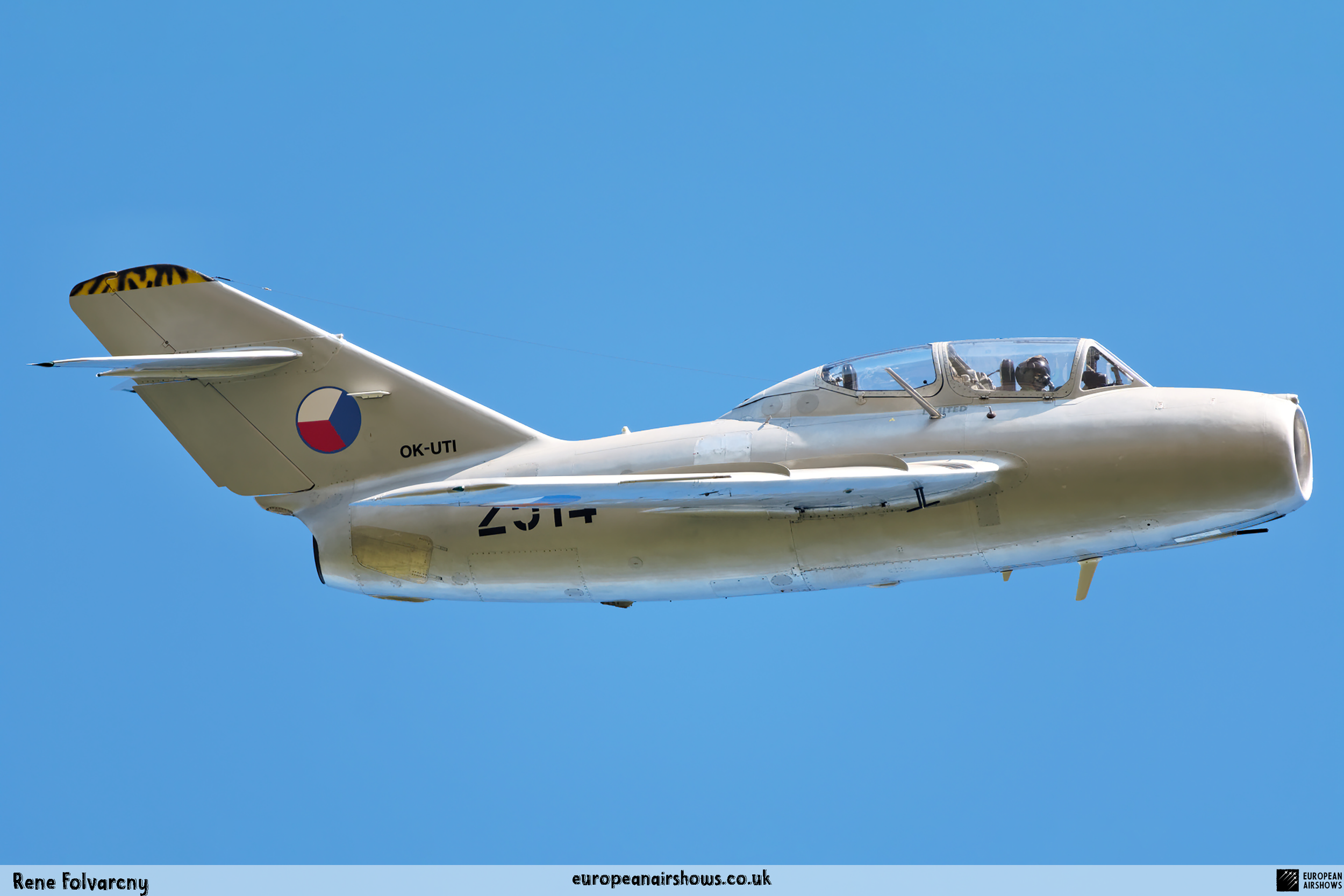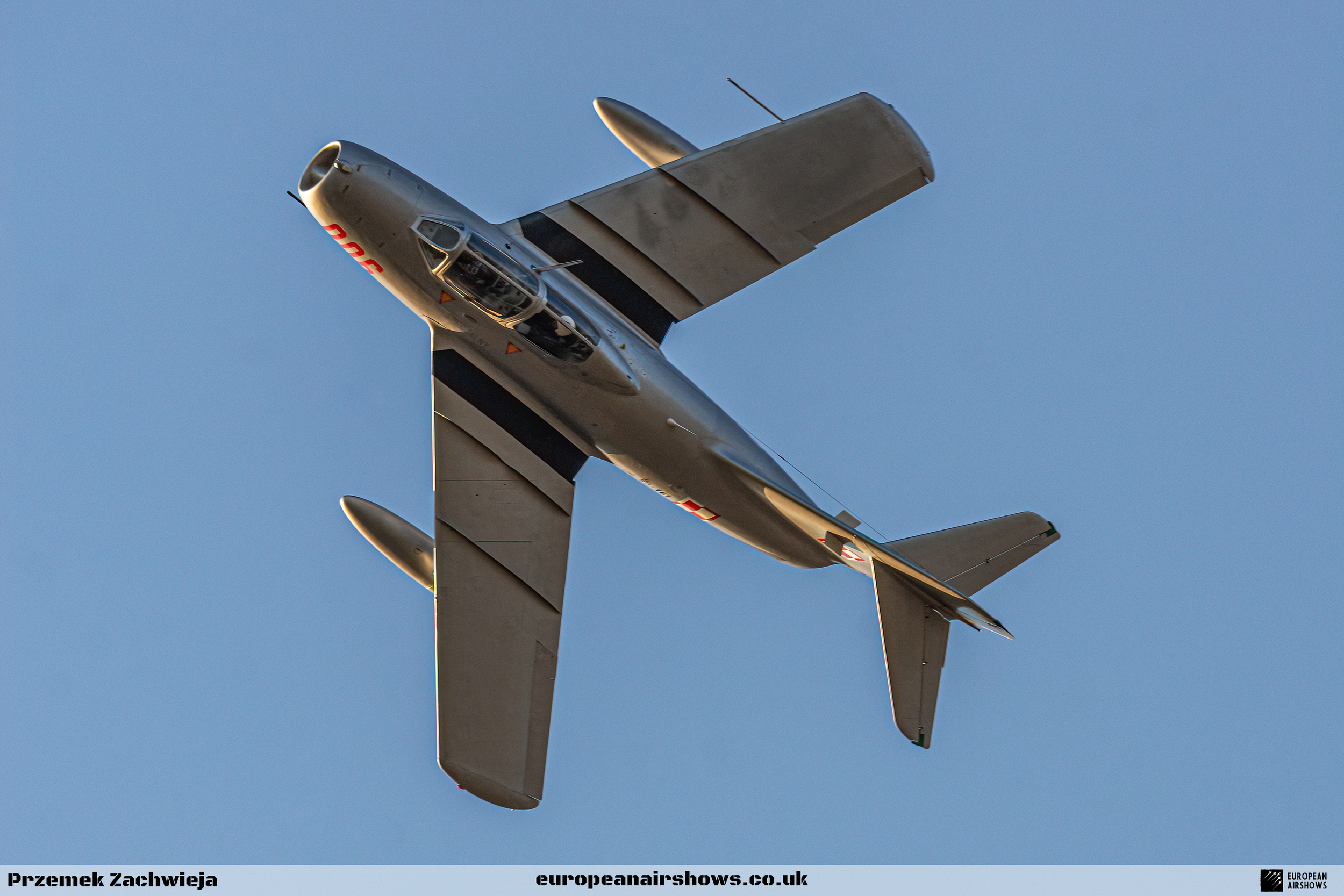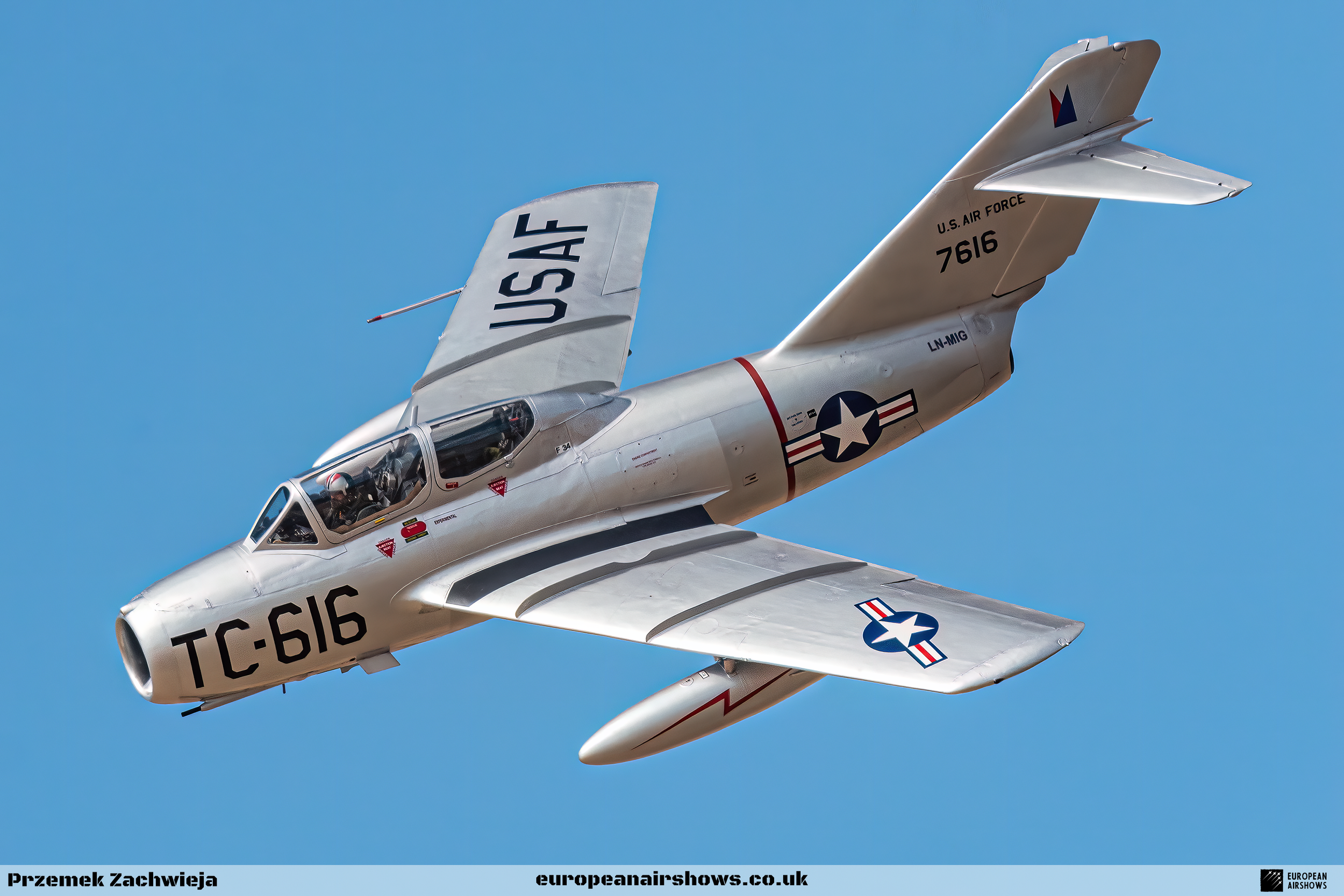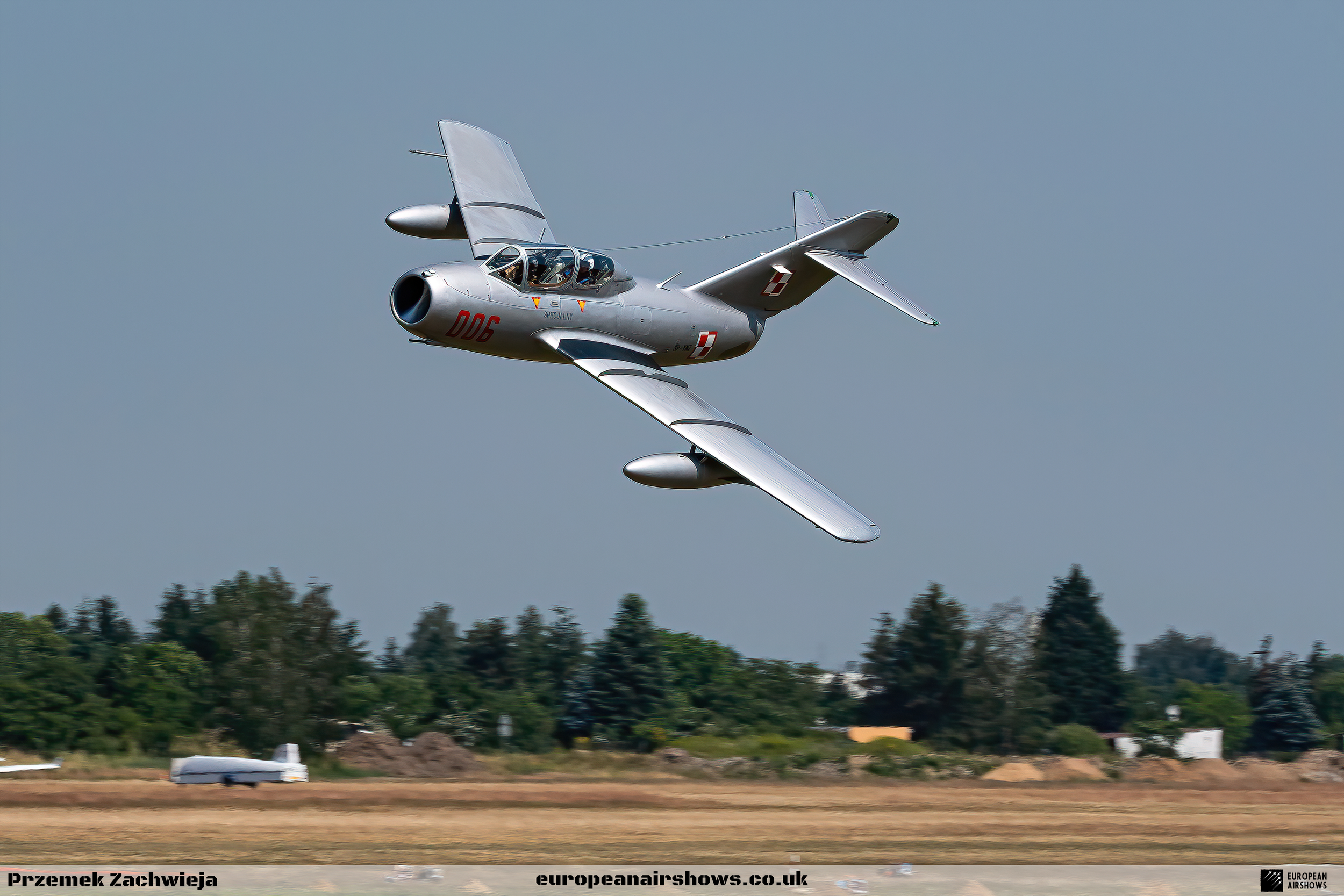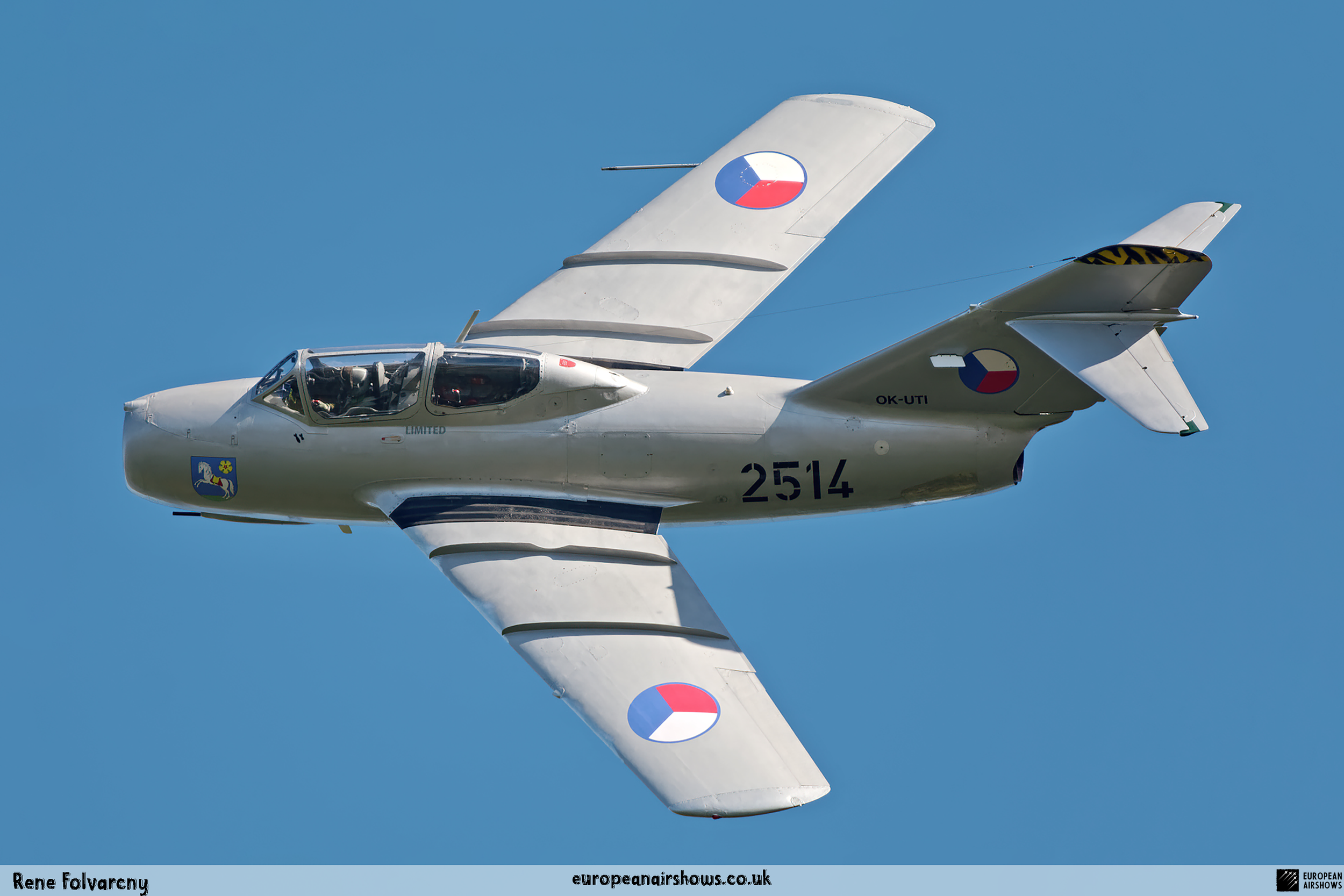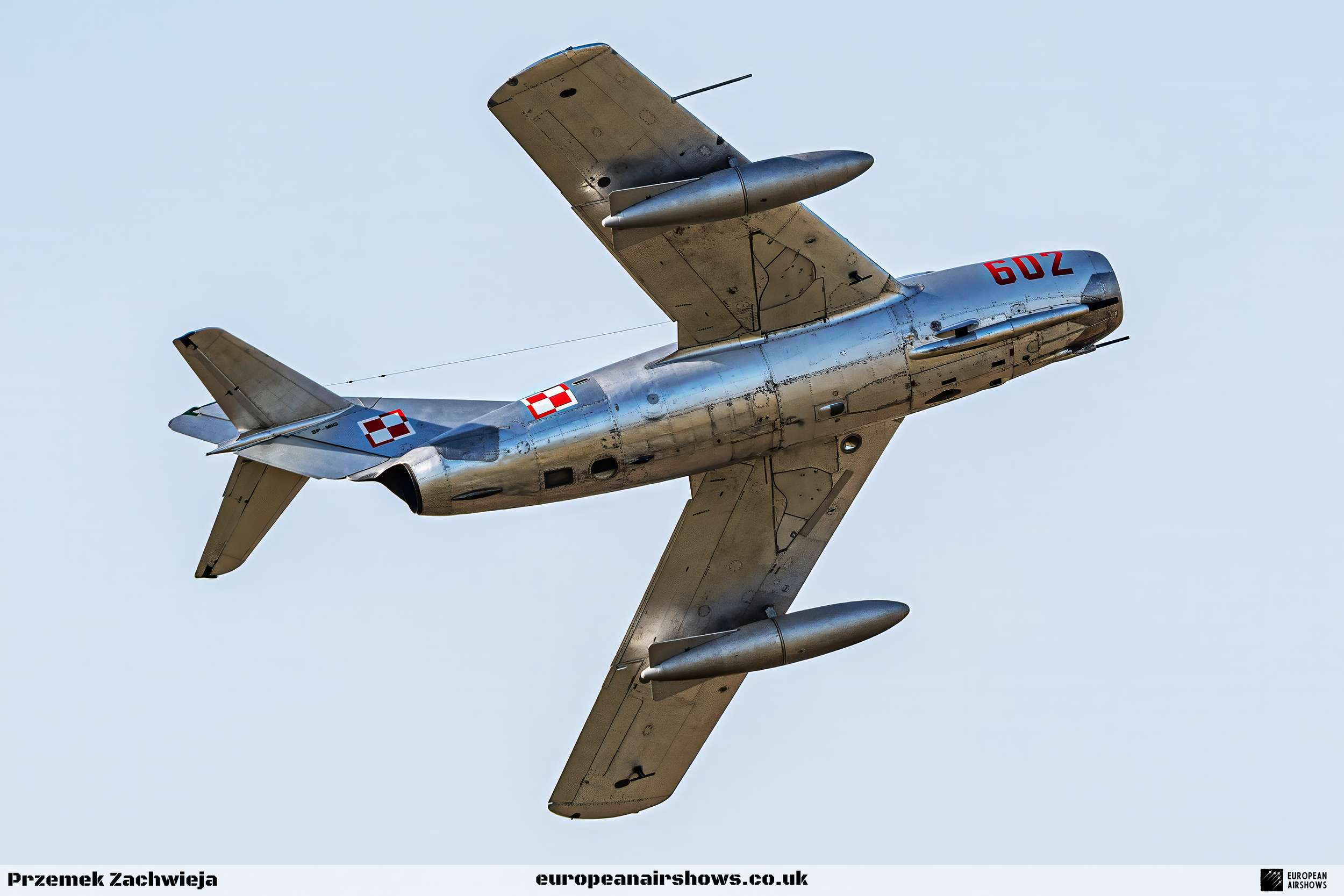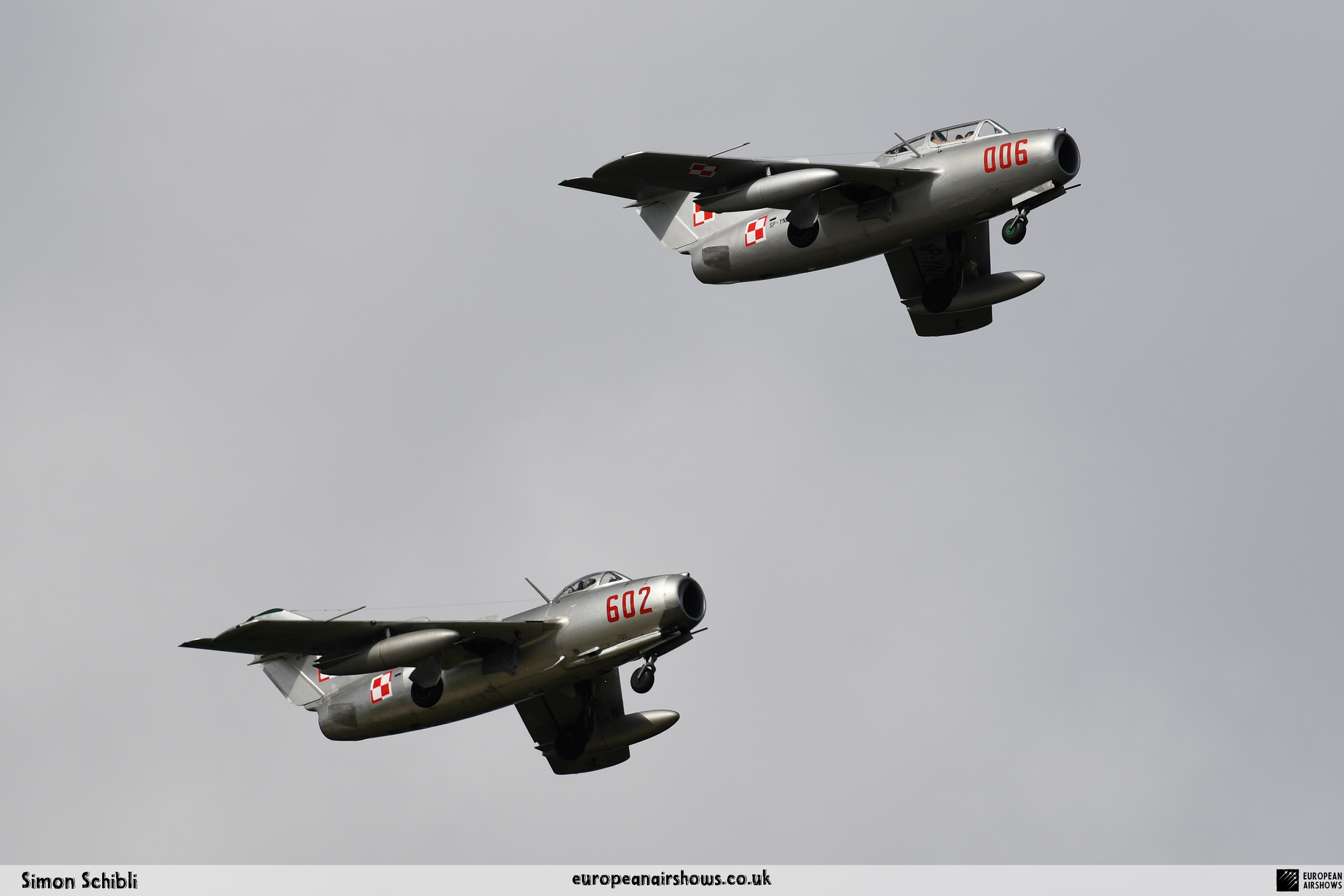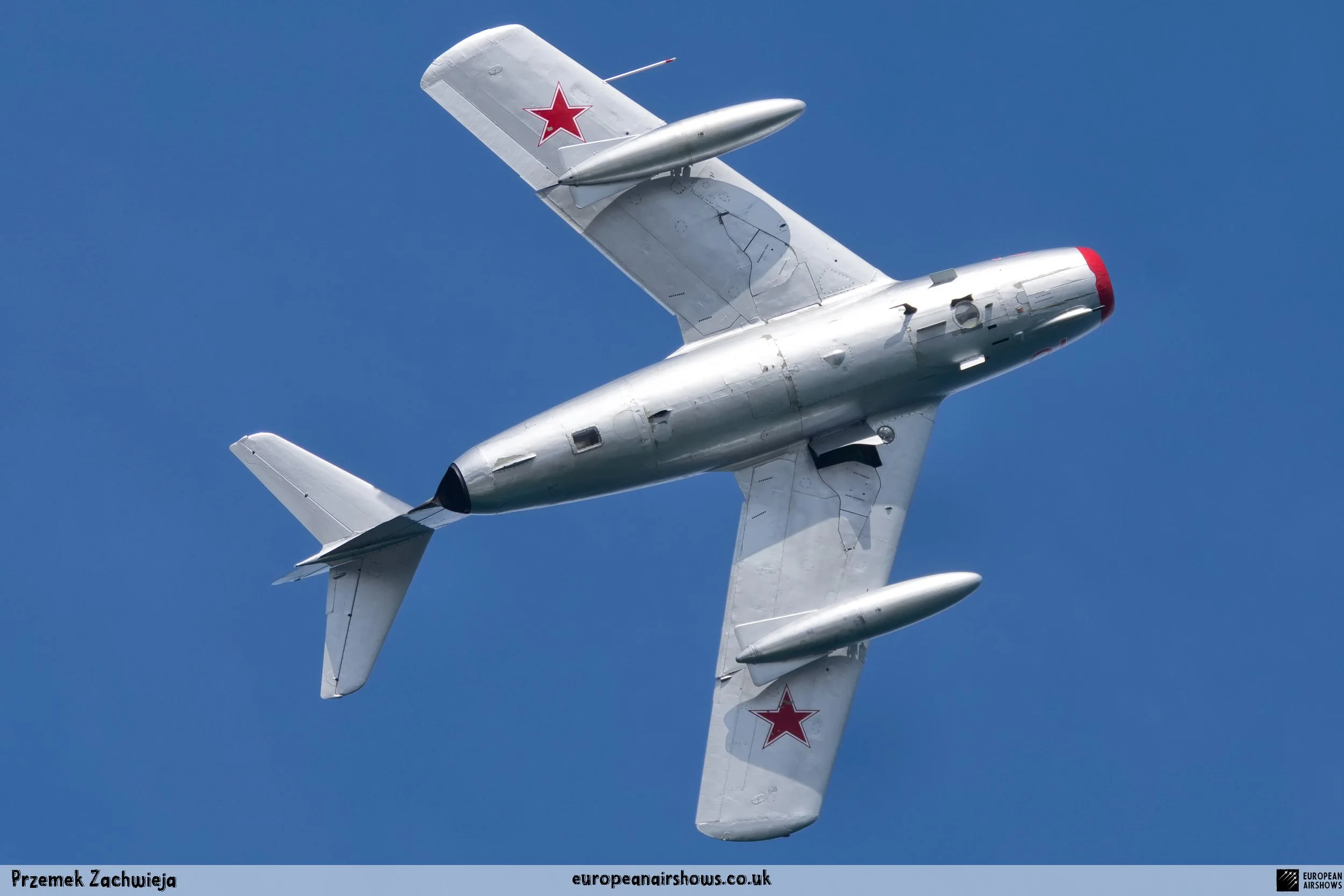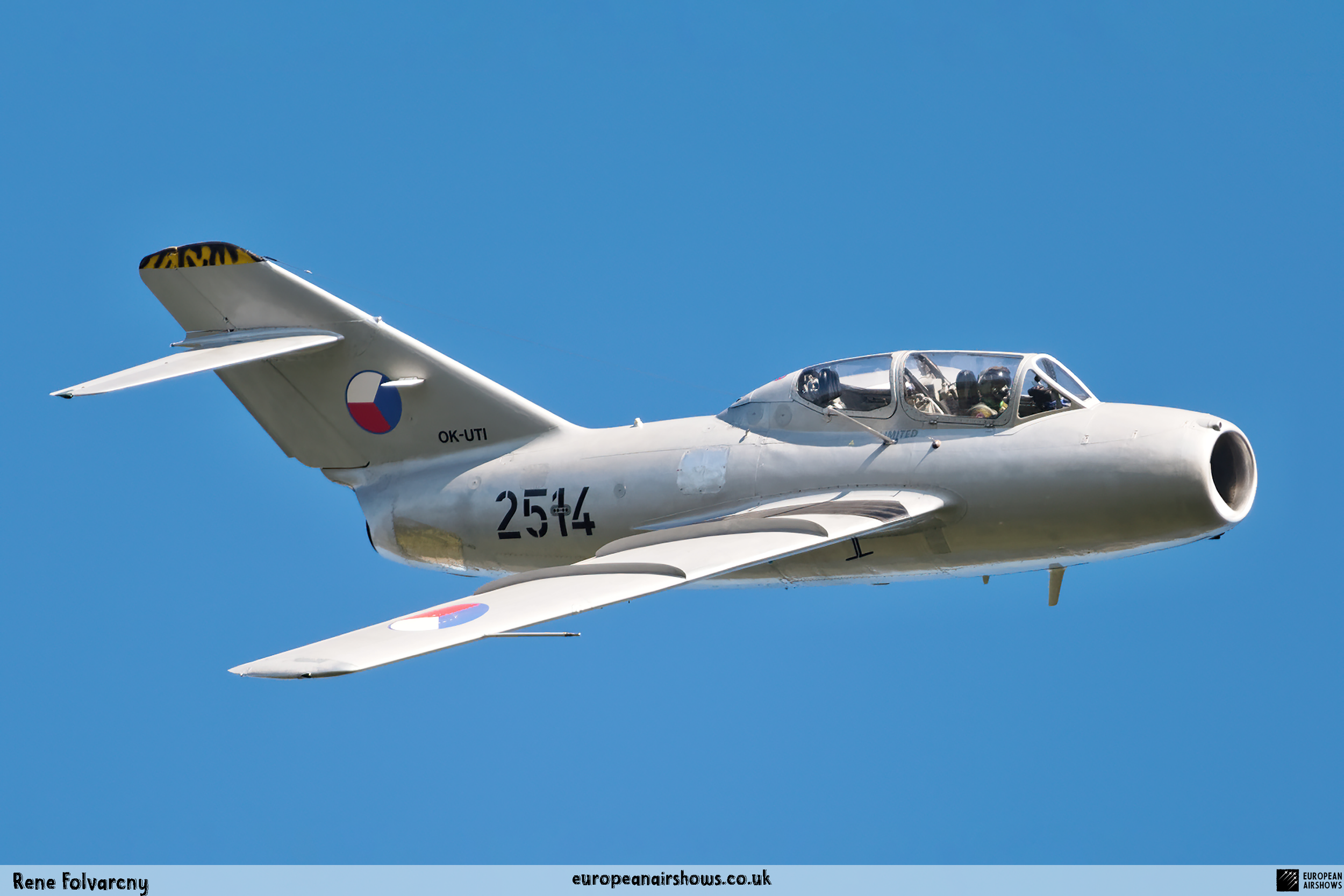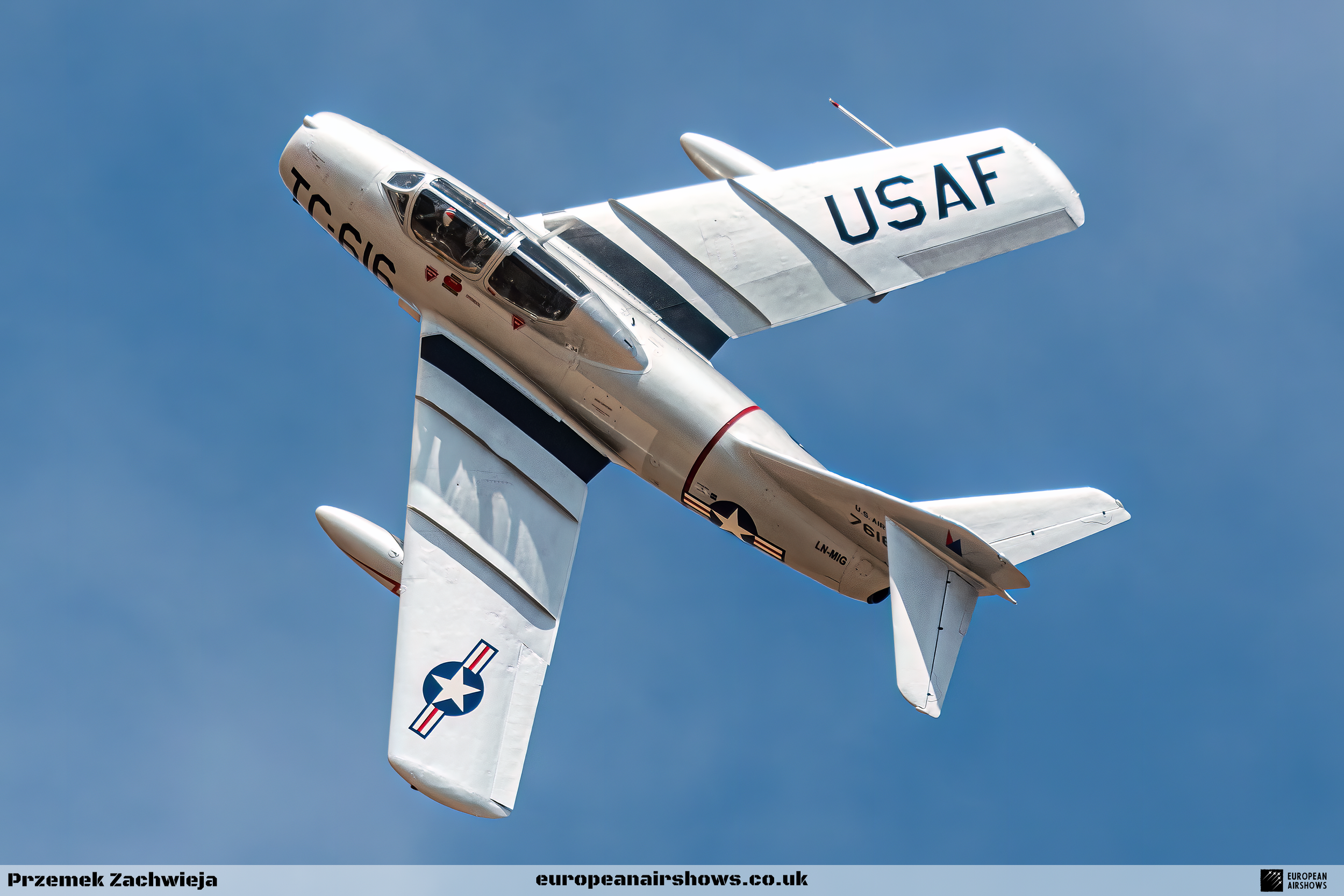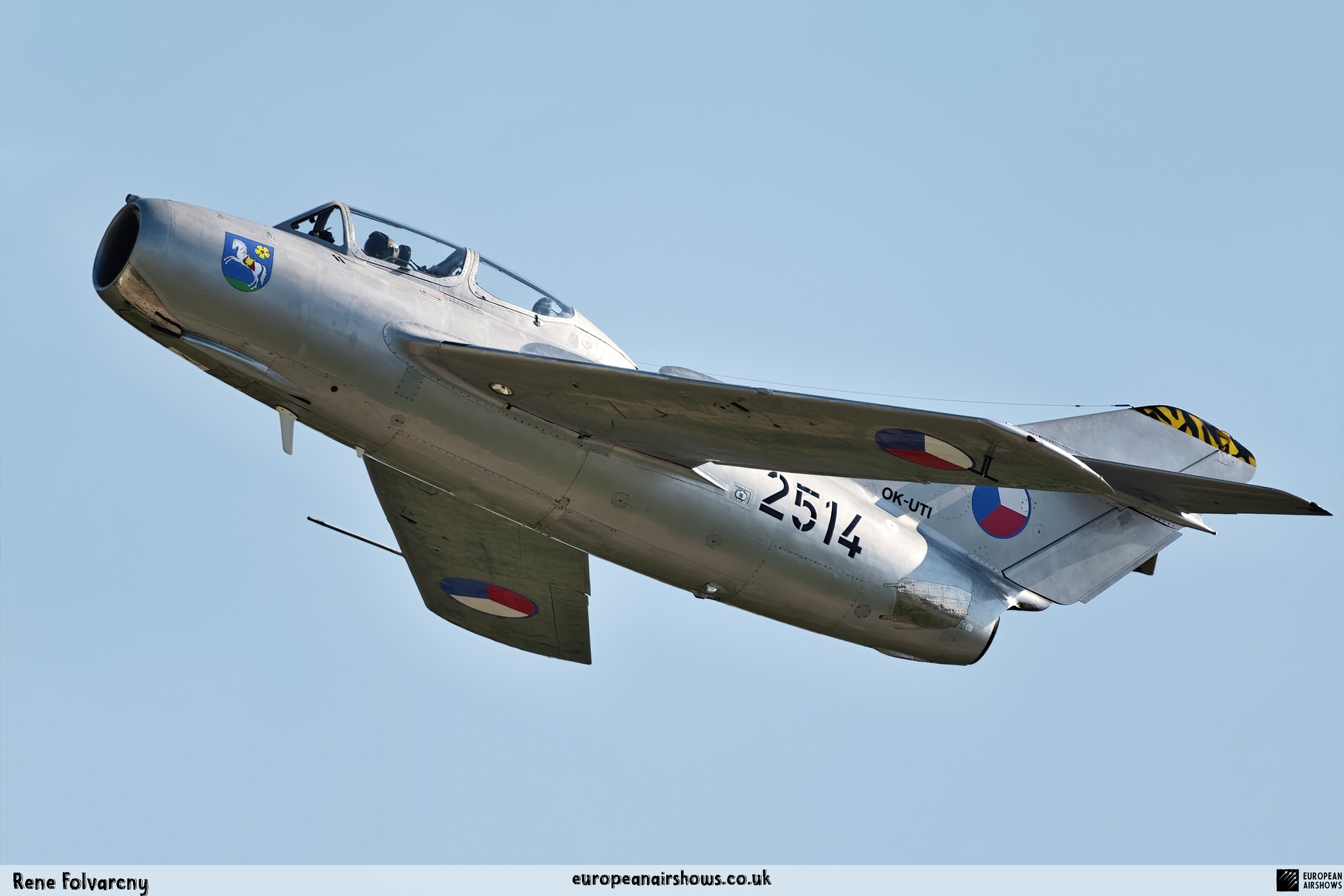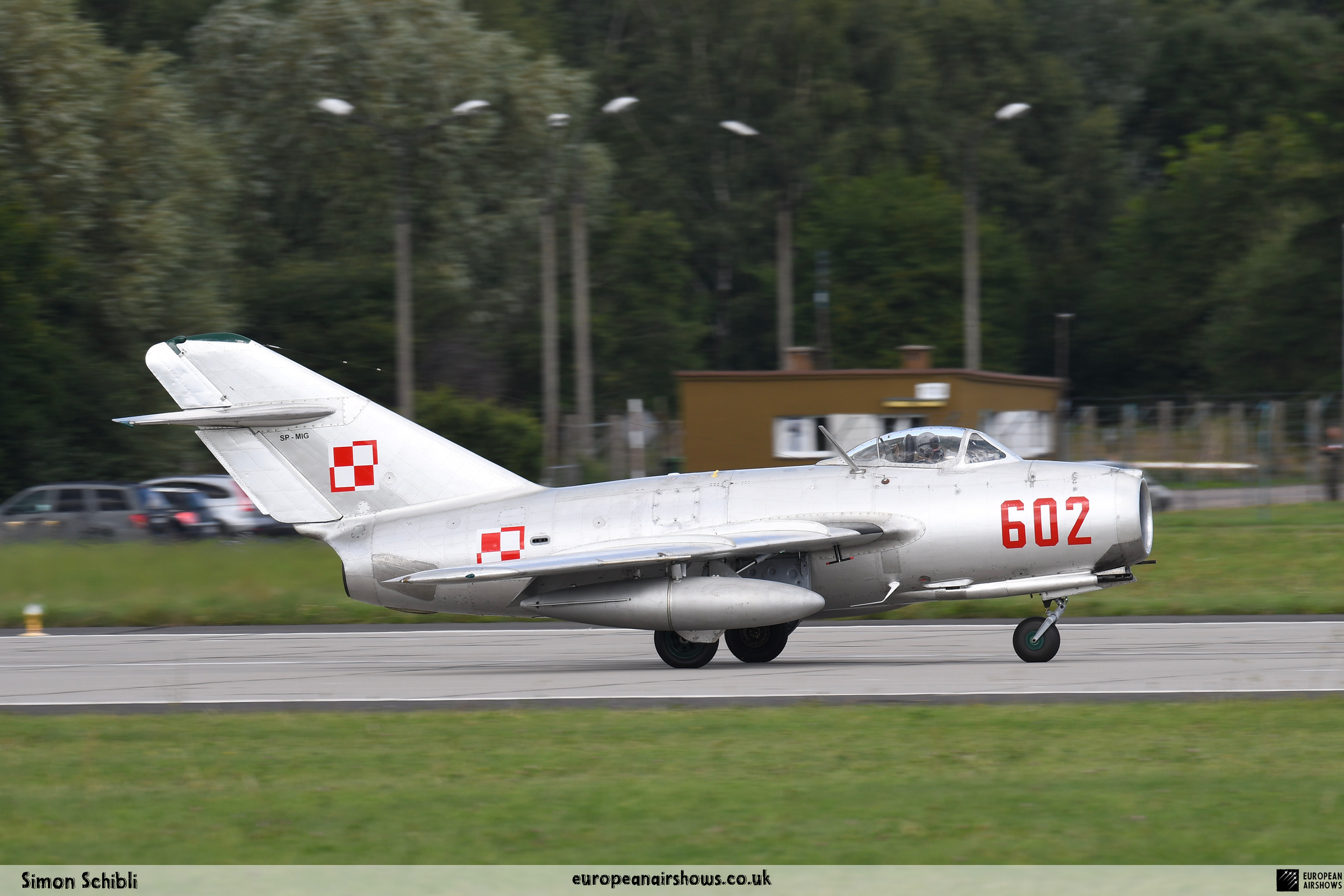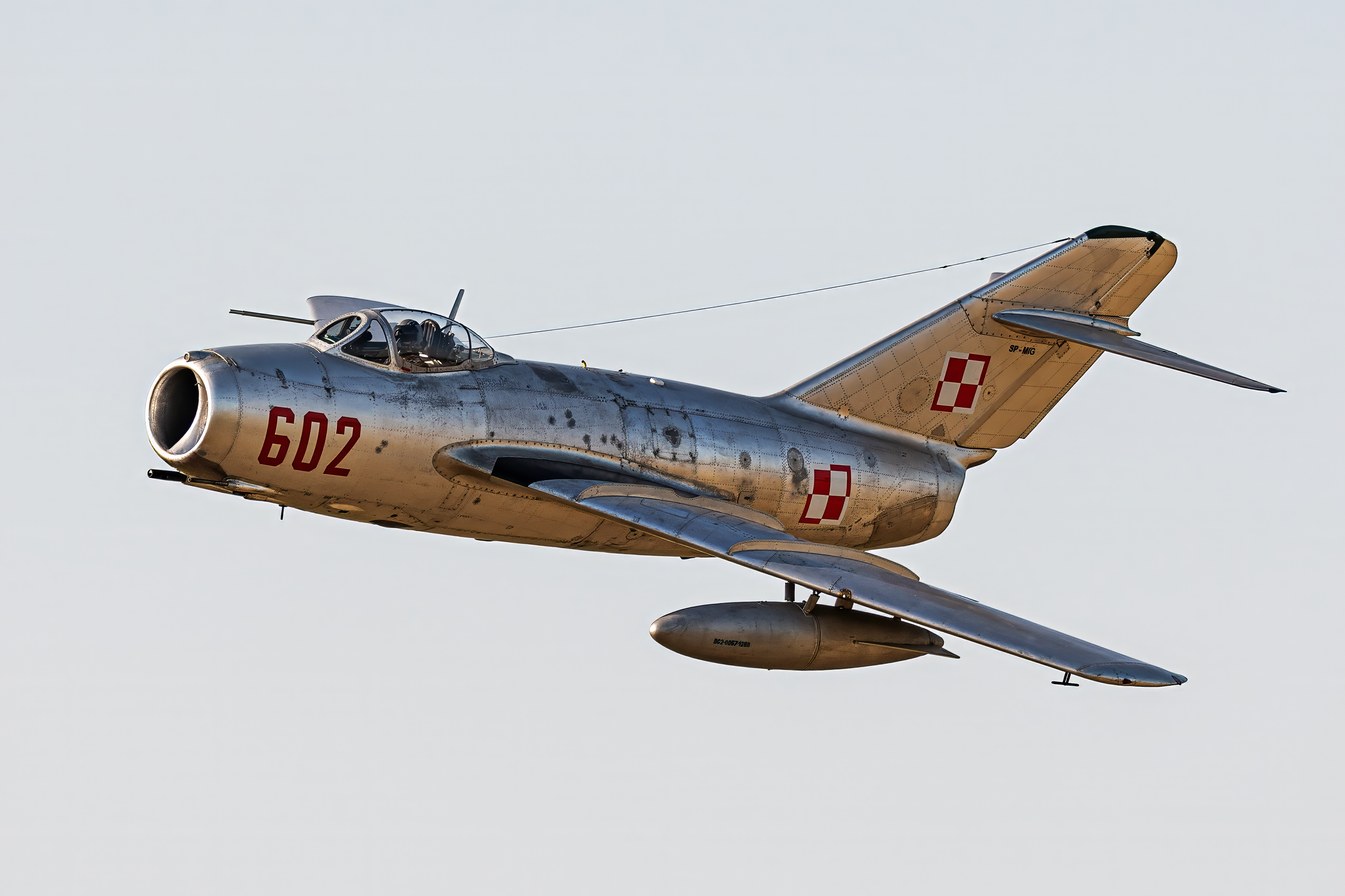
December 30 / Mikoyan-Gurevich MiG-15 first flight
First Flight 30 December 1947
Mikoyan-Gurevich MiG-15
The Mikoyan-Gurevich MiG-15, often referred to by its NATO reporting name “Fagot,” stands as a landmark in the history of aviation, representing a significant leap in jet fighter technology. Developed by the Soviet Union in the late 1940s, the MiG-15 was a product of the intense post-World War II race for air superiority, characterized by rapid advancements in aerodynamics and propulsion systems. This aircraft not only revolutionized aerial combat but also played a crucial role in the geopolitical dynamics of the Cold War era.
The inception of the MiG-15 can be traced back to the Mikoyan-Gurevich Design Bureau’s ambition to create a high-performance jet fighter capable of achieving high transonic speeds. This goal was realized through the innovative incorporation of swept wings, a feature that was relatively novel at the time. The swept-wing design was pivotal in allowing the MiG-15 to attain greater speeds and enhanced performance, distinguishing it from the straight-winged jet fighters that were prevalent during that period. The aerodynamic advantage provided by the swept wings enabled the MiG-15 to excel in high-speed manoeuvres and combat situations, setting a new standard for jet fighter design.
The development of the MiG-15 was significantly influenced by the technological advancements and geopolitical landscape of the post-World War II era. The Soviet Union, having seized numerous German aircraft assets, including advanced designs and prototypes, was keen to capitalize on this wealth of knowledge. The influence of German research, particularly in the area of swept-wing technology, was evident in the MiG-15’s design. The aircraft bore a resemblance to the German Focke-Wulf Ta 183, a jet fighter design that had been in development during the war but never reached production. This connection underscored the cross-pollination of ideas and technologies that characterized the early jet age.
A turning point in the MiG-15’s development came with the acquisition of British jet engine technology. In a surprising diplomatic manoeuvre, the British Labour government agreed to sell the Rolls-Royce Nene engine to the Soviet Union. This engine, renowned for its reliability and power, was meticulously reverse-engineered by Soviet engineers and produced domestically as the Klimov RD-45. This engine powered the MiG-15, providing it with the thrust necessary to meet its ambitious design objectives. The acquisition of the Nene engine exemplified the complex interplay of political and technological factors that shaped the development of military aviation during this period.
The MiG-15 made its maiden flight on December 30, 1947, and quickly demonstrated its exceptional capabilities. It achieved speeds of 1,042 kilometres per hour (647 mph) at an altitude of 3,000 meters (9,800 feet), showcasing its remarkable performance. By 1949, the MiG-15 had entered service with the Soviet Air Force and was soon deployed in various conflicts, most notably the Korean War. During this conflict, the MiG-15 proved to be a formidable adversary, forcing the United States Air Force to expedite the deployment of its own swept-wing jet fighter, the North American F-86 Sabre, to counter the MiG threat. The MiG-15’s agility, speed, and powerful armament, which included two 23 mm cannons and a 37 mm cannon, made it a dominant force in the skies over Korea.
Despite its strengths, the MiG-15 had its share of limitations. Its armament, while powerful, had a relatively low rate of fire, making it challenging to engage smaller, more manoeuvrable targets. Additionally, the aircraft’s control surfaces became less effective as it approached Mach 1, limiting its ability to perform high-speed manoeuvres. Pilots had to exercise caution to avoid exceeding these limits, as the aircraft could enter uncontrollable spins. Nevertheless, the MiG-15’s ruggedness, simplicity, and lack of fuel tanks in its wings made it a formidable air-to-air adversary. Its airframe had relatively few vulnerable areas, and shooting one down often required multiple hits.
The success of the MiG-15 led to extensive production, with over 13,000 units manufactured, making it one of the most produced jet aircraft in history. It was built under license in various countries, including Czechoslovakia and Poland, and was exported to numerous Soviet-aligned nations. In China, the MiG-15 was designated as the J-2, and while plans to produce it domestically were initially considered, China eventually focused on producing the more advanced MiG-17. The MiG-15 also saw further development in the form of the MiG-15bis, an improved variant introduced in 1950. The MiG-15bis featured a more powerful Klimov VK-1 engine, enhanced air brakes, and other refinements that improved its performance and operational capabilities.
The MiG-15’s legacy is further enriched by its numerous variants, each tailored to specific roles and operational requirements. The initial production model, known as the MiG-15, was soon followed by the MiG-15bis, which incorporated a series of enhancements, including a more powerful engine and improved avionics. The MiG-15bis was designed to address some of the limitations of the original model, offering better performance and reliability in combat situations. Additionally, the MiG-15bisR variant was developed for reconnaissance purposes, featuring modifications that allowed it to carry cameras for intelligence-gathering missions.
Training and operational readiness were also key considerations in the MiG-15’s development. The UTI MiG-15, a two-seat trainer variant, was introduced to provide pilots with the necessary training to operate the high-performance jet. This variant played a crucial role in preparing pilots for the demands of modern aerial combat, ensuring that they could effectively utilize the capabilities of the MiG-15 in various operational scenarios.
The MiG-15’s versatility extended to its use in various international contexts. It was produced under license in Czechoslovakia as the S-102 and S-103, and in Poland as the Lim-1 and Lim-2. These licensed versions played a significant role in bolstering the air forces of Warsaw Pact countries, contributing to the collective defence strategy of the Soviet bloc. The MiG-15’s adaptability and robustness made it a valuable asset for these nations, allowing them to maintain a credible air defence capability during a period of heightened geopolitical tensions.
In conclusion, the Mikoyan-Gurevich MiG-15 stands as a testament to the ingenuity and ambition of Soviet aviation during the early Cold War era. Its innovative design, combat effectiveness, and widespread production cemented its place in the annals of aviation history. The MiG-15 not only redefined the standards for jet fighter performance but also played a pivotal role in shaping the strategic and tactical paradigms of aerial warfare in the mid-20th century. Its legacy endures as a symbol of the technological and geopolitical challenges of its time, offering valuable insights into the evolution of military aviation.
MiG-15 Facts
Swept-Wing Design: The MiG-15 was one of the first jet fighters to incorporate swept wings, a design choice that significantly enhanced its performance at high transonic speeds. This feature allowed it to outperform many of its contemporaries, particularly those with straight wings.
British Engine Influence: The MiG-15 was powered by the Klimov RD-45 engine, which was a reverse-engineered version of the British Rolls-Royce Nene engine. The British government sold the Nene engines to the Soviet Union in a surprising diplomatic move, which greatly accelerated Soviet jet engine development.
Korean War Dominance: During the Korean War, the MiG-15 was a formidable adversary, often engaging in dogfights with the North American F-86 Sabre. The aircraft’s agility and firepower made it a significant threat to UN forces, leading to intense aerial battles.
High Production Numbers: With over 13,000 units built, the MiG-15 is one of the most produced jet aircraft in history. Its widespread production and deployment made it a cornerstone of Soviet and allied air forces during the 1950s and beyond.
Global Influence: The MiG-15 was exported to numerous countries, including China, where it was designated as the J-2. It was also produced under license in Czechoslovakia and Poland, contributing to the air defense capabilities of several Warsaw Pact nations.
Armament: The MiG-15 was equipped with two 23 mm cannons and a single 37 mm cannon, giving it a powerful punch against larger targets such as bombers. This heavy armament was designed to ensure the destruction of enemy bombers, although it posed challenges in dogfights against more agile fighters.
Training Variant: The UTI MiG-15 was a two-seat trainer version that played a crucial role in pilot training. It allowed pilots to gain experience with the aircraft’s high-speed capabilities and handling characteristics, preparing them for combat operations.
Variants and Modifications: Numerous variants of the MiG-15 were developed, including the MiG-15bis, which featured a more powerful engine and improved avionics. Reconnaissance and fighter-bomber versions were also created, highlighting the aircraft’s versatility.
Aerodynamic Challenges: Despite its strengths, the MiG-15 had certain limitations, such as control issues at near-supersonic speeds. Pilots had to be cautious not to exceed Mach 0.92, as the aircraft’s control surfaces became less effective, leading to potential spins.
Legacy and Impact: The MiG-15’s design and performance set the stage for subsequent Soviet jet fighters, such as the MiG-17 and MiG-19. Its success in combat and widespread use cemented its place in aviation history as a groundbreaking aircraft that influenced the development of military aviation during the Cold War.



